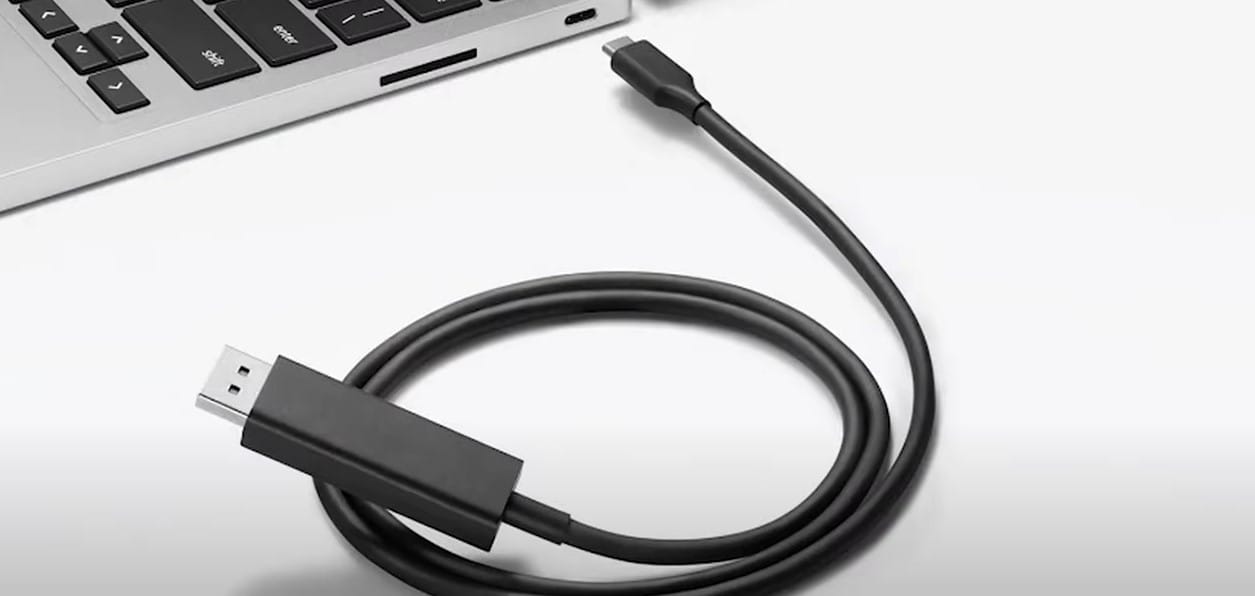In case you haven’t noticed, more and more devices are switching to USB-C. From laptops to smartphones, tablets, and even gaming consoles, this little port is taking over the tech world. But what’s the deal with USB-C, and why is it replacing the old chargers and cables we’re so used to? Here’s why your next gadget will probably use it.
First off, let’s talk about convenience. USB-C is known for being versatile. Unlike the older USB ports, you don’t have to worry about which way you plug it in there’s no more flipping the cable three times to figure it out. It’s reversible, so it’s hassle-free. Plus, it works with a variety of devices. Need to charge your phone, laptop, or even transfer data between gadgets? One cable, one port.
Another major reason why USB-C is winning over tech companies is speed. This little connector can deliver fast charging and transfer data at crazy speeds. With the latest USB-C standards, you can move large files in seconds or juice up your phone in a fraction of the time compared to older charging methods.
 Now, let’s not forget that the European Union has made it official USB-C is now the mandatory charging port for all smartphones and small electronics sold in the region by the end of 2024. This means that if you’re in the market for a new phone or gadget, especially in Europe, you’ll almost certainly get a USB-C port. Apple’s latest iPhones have already made the switch, proving that even the giants of the tech world are bowing to this new standard.
Now, let’s not forget that the European Union has made it official USB-C is now the mandatory charging port for all smartphones and small electronics sold in the region by the end of 2024. This means that if you’re in the market for a new phone or gadget, especially in Europe, you’ll almost certainly get a USB-C port. Apple’s latest iPhones have already made the switch, proving that even the giants of the tech world are bowing to this new standard.
However, all these changes do come with a downside: adapting. For those of us who have drawers full of old chargers and cables, it might feel like a hassle to switch everything over to USB-C. But, in the long run, having one universal charger for all your devices might save you a lot of frustration (and tangled cables).
In short, USB-C is becoming the new normal. With faster charging, faster data transfer, and a push for standardization globally, it’s only a matter of time before all of our gadgets get on board. So, if you’re buying a new device anytime soon, don’t be surprised when you see that tiny USB-C port staring back at you.





